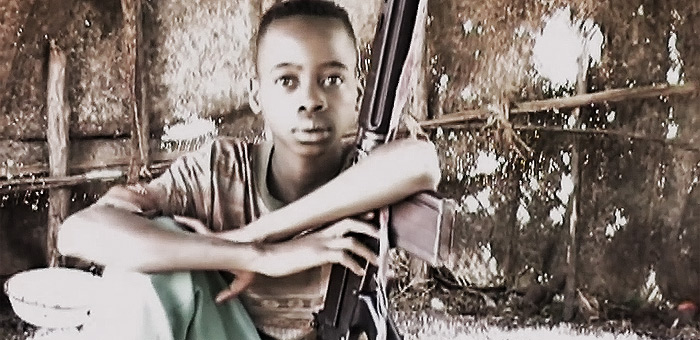Understanding Video as Evidence
Kelly Matheson, WITNESS’ Senior Program Manager, recently facilitated an online conversation hosted by New Tactics called Video as Evidence: To be evidence, what does video need?
The broad topics she and others discussed included:
- The term evidence is used often (and somewhat broadly) in the human rights world. What does it take to ensure video documentation is legal evidence? In other words, how can we ensure video that activists sometimes risk their lives to capture, could be admitted into a court of law?
- At what stages of the criminal justice process can investigators and lawyers use video evidence?
- How do investigators and lawyers use video captured by activists in their process to seek the truth and secure accountability?
Kelly provided some initial answers when she wrote:
Video can be used at every stage of the criminal justice process. The names of the stages vary depending on the country and the court but generally speaking, the stages are:
- Call for an Investigation
- Investigation
- Warrant for Arrest
- Arrest
- Confirmation of Charges
- Trial
- Sentencing
The dialog can be read here and is a fascinating look at various legal aspects of video as evidence, issues of video verification and examples such as the use of video in the International Criminal Court’s 2012 war crimes conviction of Thomas Lubanga Dyilo for his actions in the Democratic Republic of Congo.
As Kelly explained:
[O]ne of the elements the ICC Prosecutor needed to prove was that some of Lubanga’s soldiers were under the age of 15. The Prosecutor could not rely on birth records to prove age because birth records are rare in the DRC. Forensic evidence was also unreliable because the models used to age children based on bone structure were based on American and European children. Since documentary and forensic evidence could not prove age, the Prosecutor relied, in part, on a series of video clips showing: i) Lubanga at the military training camps speaking to children; and ii) children serving as his bodyguards. A sample of the footage from the opening argument can be watched here.
Image: Video still from footage used in the Joseph Lubanga Dyilo International Criminal Court trial demonstrating that children were recruited and used as soldiers in the Democratic Republic of Congo.

